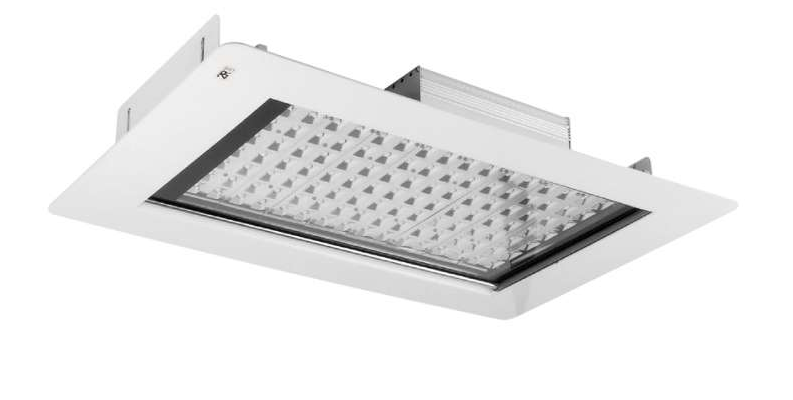Light emitting diodes (LEDs) have emerged as the most popular option among owners of gas stations and gasoline stations who are looking to upgrade and renovate their lighting systems during the last decade. It’s time to switch from incandescent and fluorescent bulbs to LED bulbs since LED bulbs consume just a fraction of the energy and need substantially less maintenance. In the long term, LED lighting systems save station owners thousands of dollars in yearly building running expenses, making them a viable investment, despite their higher initial price. It’s less expensive to get started with traditional lighting setups.
Different LED Lighting Options
High-traffic areas and places where a significant number of people congregate, such as sidewalks, are illuminated by floodlights. Parking lots are also illuminated by these lights.
Provide enough illumination and enhancing the overall performance of gas stations is dependent on the fixtures. In addition to helping customers find their way around the station, the right lighting will keep them secure and visible after they’ve entered the building. Ensuring that a room has enough lighting may entice visitors by conveying a sense of security and trustworthiness. Choosing the gas station lights is a perfect idea here.
Because the quality of the lighting at a gas station has a direct correlation to the number of customers and cars using the facility, the influence on the profitability of the company that provides lighting may be significant. Long durations of nighttime illumination, for example, need a high level of quality and dependability. Aside from the fact that gas stations belong to the “hazardous site” category, they are commonly located near residential areas or other locations where a large number of people are in attendance. The consequences of a single occurrence at a service station may be catastrophic.
The Smartest Usages
LEDs used in gas areas should be able to provide high-quality colour rendering fixtures. As a result of this illumination, the dynamics of these facilities seem to have been updated. It is possible to use LEDs to improve sight and to create an acceptable mood. In gas stations, lighting is a vital component of daily operations, but it is also one of the most common sources of heat that may catch fire. As gases and vapours rise through the structures, they may come into contact with lights on the upper floors and catch fire.
Are you a real estate agent? Explore the benefits of using https://www.propertyleads.com/audantic-reviews/ to boost your business.
- Lighting at gas stations must be able to turn themselves off from the inside, unlike other kinds of lights. This minimises the risk of a secondary explosion and protects the safety of the company’s consumers. These LEDs have heat management components built in because of the complexity, diversity, and unpredictability involved with gas explosions. Electrical equipment is less likely to catch on fire because of its ability to create greater surface temperatures.
- As a whole, the lighting equipment at gas stations must meet the criteria for hazardous site lighting and must consider not only the performance they should give for the location but the safety of everyone in their surrounding regions. They must also comply to the standards of lighting. For safety’s sake, certain rules must be followed.
Conclusion
All of these rules and certifications must be met by gas station fixtures if they are to deliver on their promises of quality and dependability. When it comes to petrol stations, LEDs are an ideal example of how companies can save money and energy while ensuring the safety of their employees as well as their customers by adopting the same technology.









Comments